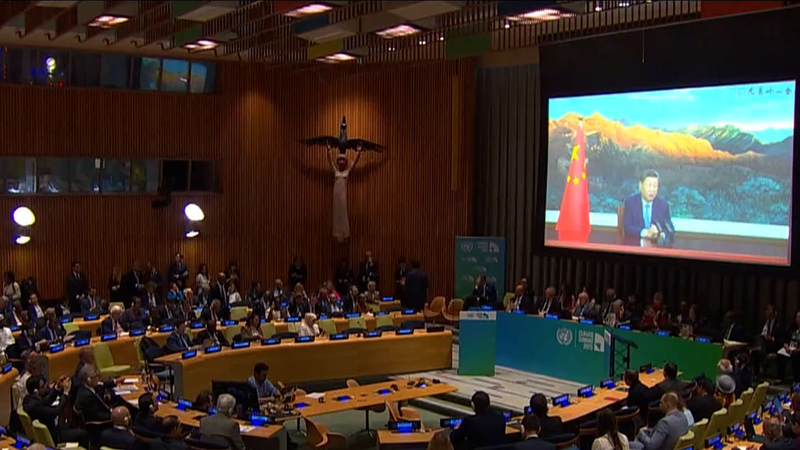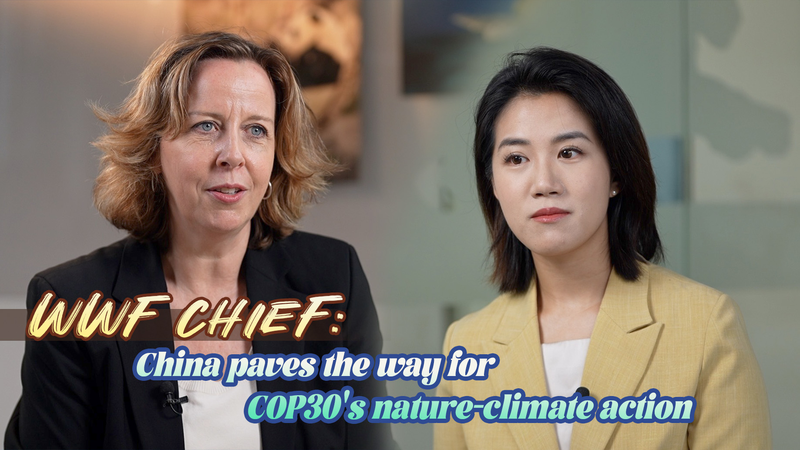As world leaders gather in Belem for COP30, China's ambitious environmental strategies take center stage in global climate discussions. The conference, running through November 21, highlights urgent needs to limit temperature rises while balancing economic growth – a challenge where China's renewable energy revolution offers tangible solutions.
New data from the UN's Emissions Gap Report 2025 reveals stark realities: Current policies could lead to 2.8°C warming this century. However, China's systematic decarbonization efforts demonstrate measurable progress. The country now hosts the world's largest renewable energy infrastructure, accounting for 25% of global new green spaces since 2020.
A recent white paper from China's State Council details breakthrough achievements in carbon intensity reduction and electric vehicle adoption. "Our energy transition isn't just about meeting targets," explains energy expert Lu Jianfei. "It's about creating a new development paradigm where ecological protection drives economic modernization."
Projections show China will contribute half of the G20's planned emissions reductions by 2035. This leadership extends through technological innovation, with Chinese companies patenting 70% of global renewable energy technologies last year.
As COP30 delegates debate climate financing mechanisms, China's experience in balancing industrial growth with environmental protection offers valuable lessons for developing nations. With its renewable capacity set to double by 2030, the country continues redefining sustainable development at scale.
Reference(s):
cgtn.com








